In a discussion of the most important and influential film directors of the last 50 years, rarely any names from the realm of animation would naturally come up. In a niche setting, the likes of Brad Bird (Ratatouille), Ralph Bakshi (The Lord of the Rings), or Don Bluth (The Secret of Nimh) may be mentioned as innovators within their medium, but rarely is a director who animates held up in comparison to Spielberg, Scorsese or Kurosawa.
This is what makes Hayao Miyazaki, one of the founders of Studio Ghibli, such an impressive and pertinent filmmaker. Anyone who knows his movies knows his name, and anyone who knows his name knows that he is a generationally significant director, animation or not.
Howl’s Moving Castle is the eighth film directed by Miyazaki for Studio Ghibli, one of the most well-respected Japanese animation studios in the industry. The 2004 film immediately follows Spirited Away, which earned Miyazaki a Best Animated Feature win at the 2003 Academy Awards. The worldwide appeal of these anime movies had never been bigger, partly due to the English versions being of such high quality with Christian Bale, Emily Mortimer, Billy Crystal and Lauren Bacall providing their voices to the 2005 Disney release of Howl’s.
Every Miyazaki film has an identity that is unmistakable, to the point where a single image can tell you if you’re watching a movie where a talking pig flies a WWI fighter plane, or one where a fish transforms into a human being and causes a flood of Genesis proportions. While Howl’s is visually and narratively distinct, there are elements that could lead a stray viewer to think they may be watching an anime adaptation of The Wizard of Oz, i.e. a living scarecrow, or even Peter Pan, i.e. flying over a metropolitan city. What keeps this movie in its own world and not in anyone else’s is the moving castle itself.
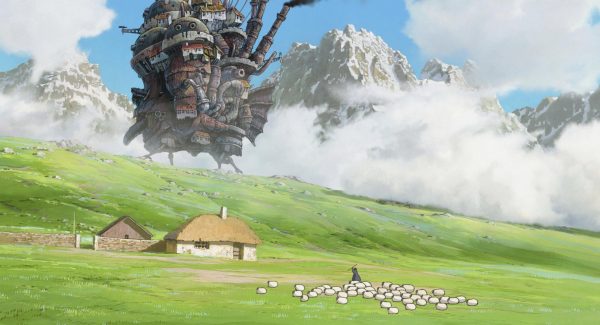
© 2004 – Studio Ghibli
Like Totoro and Mononoke before it, Howl’s protagonist is not its titular character but rather the young Sophie, a hatmaker living in the film’s fictional European kingdom. On a walk to visit her sister, Sophie is stopped and harassed by two guards milling in the alley but quickly saved by Howl, who picks her up and flies her away in a sequence knowingly Superman-ish. Sophie soon has a proper brush up with magic herself when she is cursed by a witch who wanders into her hat store and turns her into an old woman. Looking to break the curse, the now wrinkled old Sophie wanders out of her town and into the wilderness where she encounters a mute but sentient Scarecrow who leads her to the moving castle.
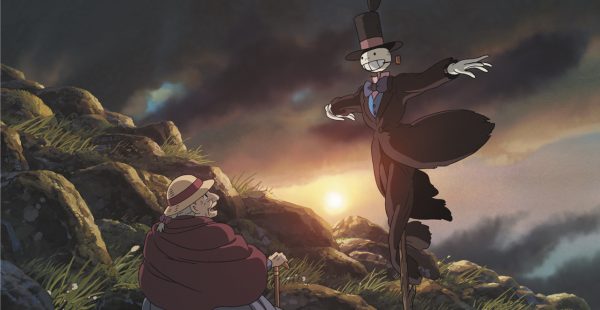
© 2004 – Studio Ghibli
The castle is the first thing the audience sees in the film, haunting the foggy wilderness with its metal chicken legs and seemingly organic structure of walls, pipes and turrets. When Sophie enters the castle, she does so from a tiny door hanging off the rear like a tail. She then meets Calcifer, a minute and saucy fire demon (voiced by Billy Crystal in the English dub) that operates all of the castle’s magical elements, including the front door that leads to different locations depending on the magic arrow. The interior living space of the castle is in severe disarray, and as Sophie encounters Howl for their first official introduction, she hires herself as the cleaning lady. From then on, the tenants of the castle find themselves in the middle of a kingdom-spanning war, trying their hardest to bring peace to the land while finding out about their true selves.
One of the more challenging aspects of the movie is that the magic in it is not explained to the audience as it would be in Harry Potter, even though Howl is a wizard who lifts Sophie out of the regular world and involves her in spells and curses. Instead, magic is presented as a character trait in the elevated figures of the cast, and as you get to know them, their supernatural personalities become more familiar to the audience. This is why I find this movie to be so difficult to establish a relationship with– I love the world Miyazaki creates and its capriciousness enchants me, yet there aren’t really any rules to the magic that the movie follows, and sometimes I find myself feeling lost trying to keep up with the many stories going on. You could allege that other Miyazaki movies before or since Howl’s feel just as disorienting, whether it’s My Neighbor Totoro’s Catbus that takes you out of the experience or maybe even Spirited Away’s haunted bathhouse. This film sits below these more successful movies in my eyes because its story involves characters and plot points that I feel more disassociated from than in love with by the end credits. Still, a Miyazaki film that falls short of his other works towers over animation as a whole because his artistry is unmatched in and out of his field.
Every time Hayao Miyazaki directs a feature film, it seems to drain him just enough for it to appear like he can’t make another one. After Princess Mononoke in 1997 he announced his first retirement, which came to an end after less than five years when Spirited Away released. He subsequently announced his second retirement which was upended by Howl’s in 2004, and what followed was a late season of wide-reaching achievements for the director. Studio Ghibli released Ponyo in 2008, The Wind Rises in 2013, and The Boy and the Heron, which released in theaters in December of 2023. In the ten-year period between his most recent two films, it was believed that the maestro had truly given up directing, but it is likely that he will still be crafting beautifully animated movies until he can no longer.

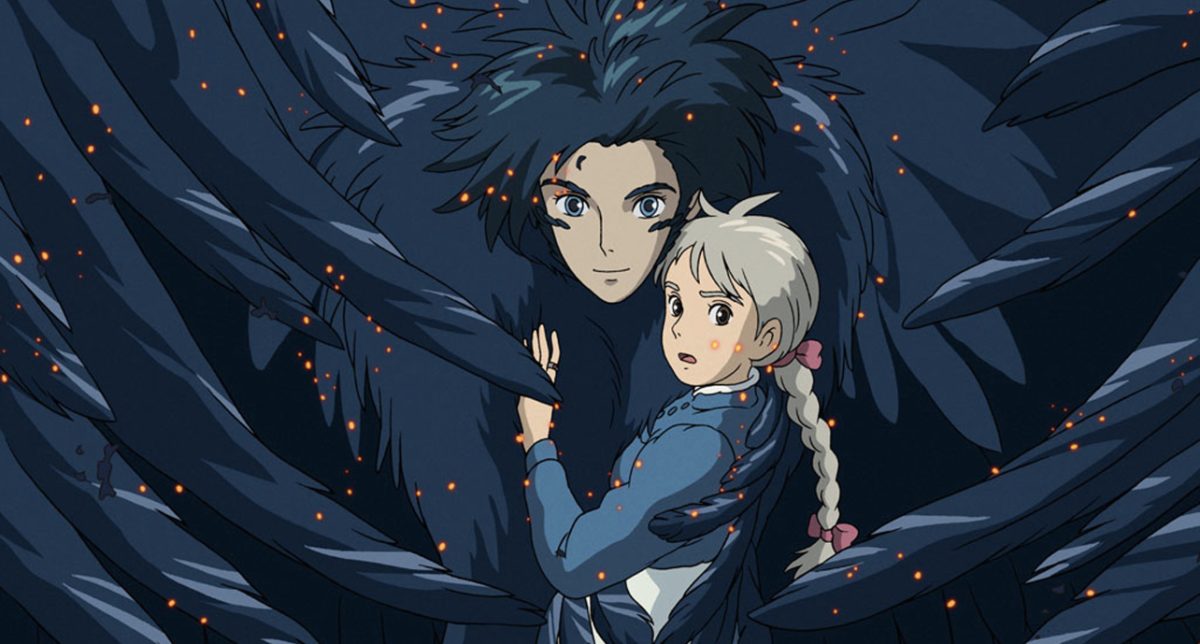


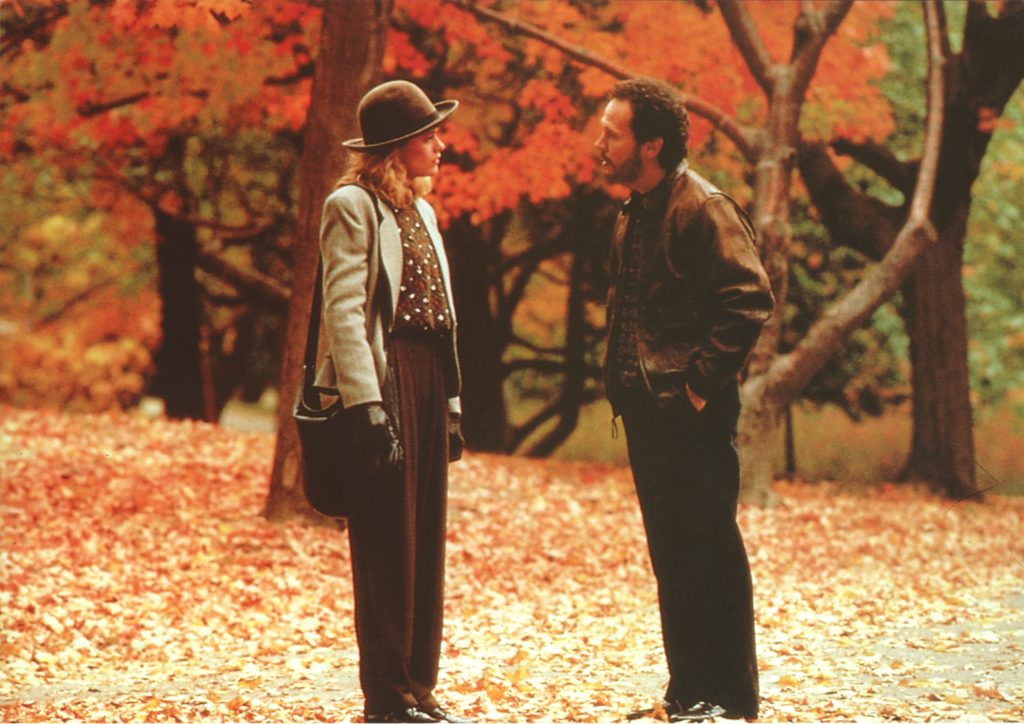
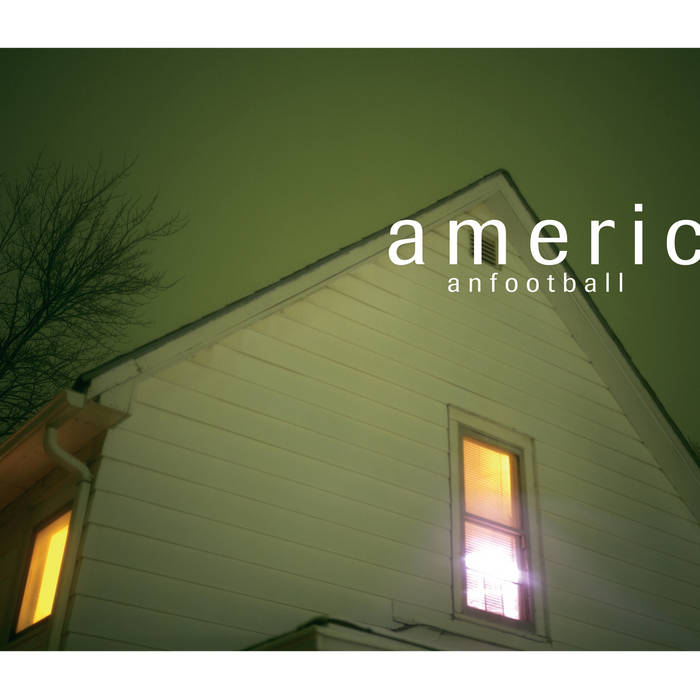
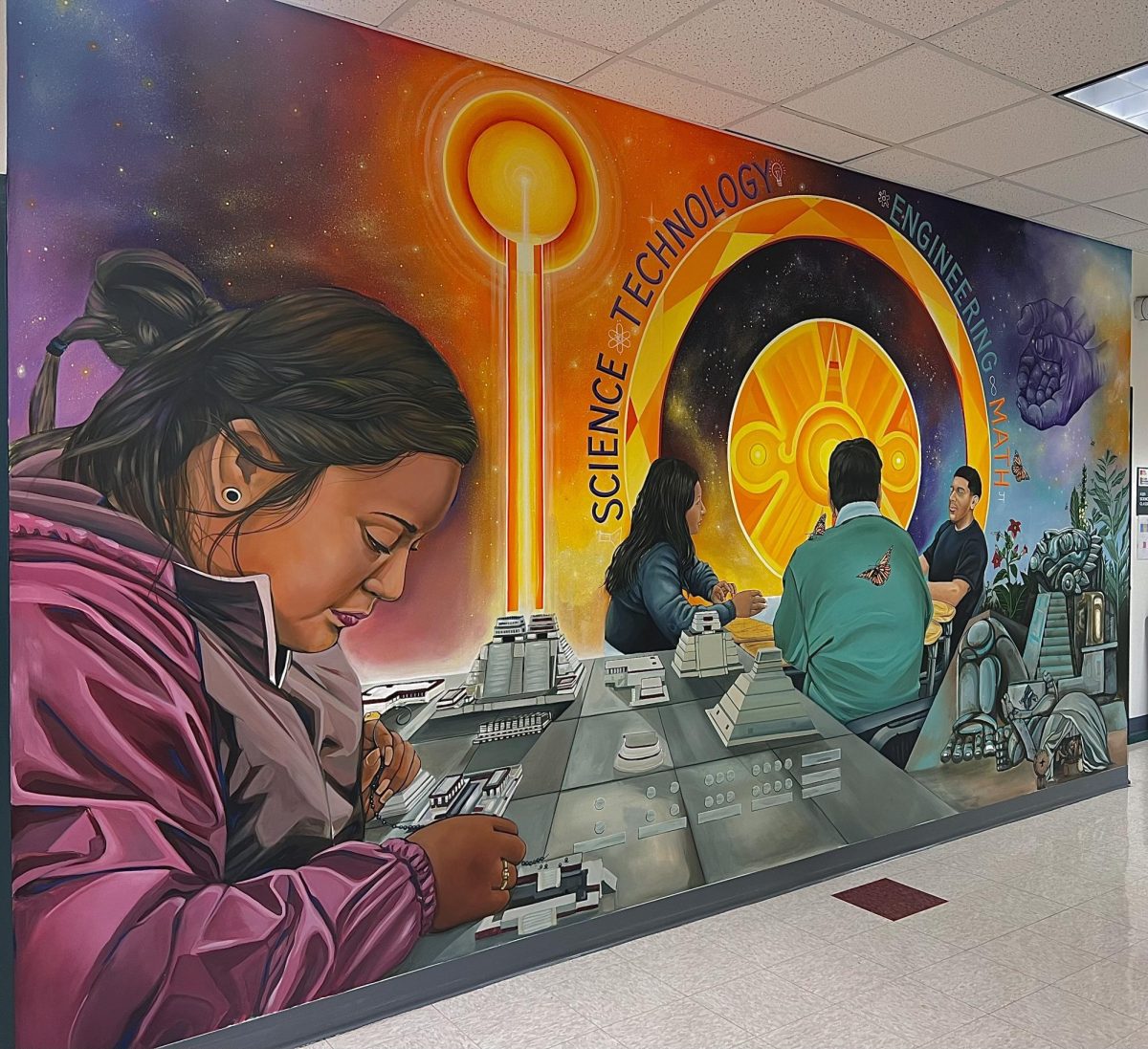
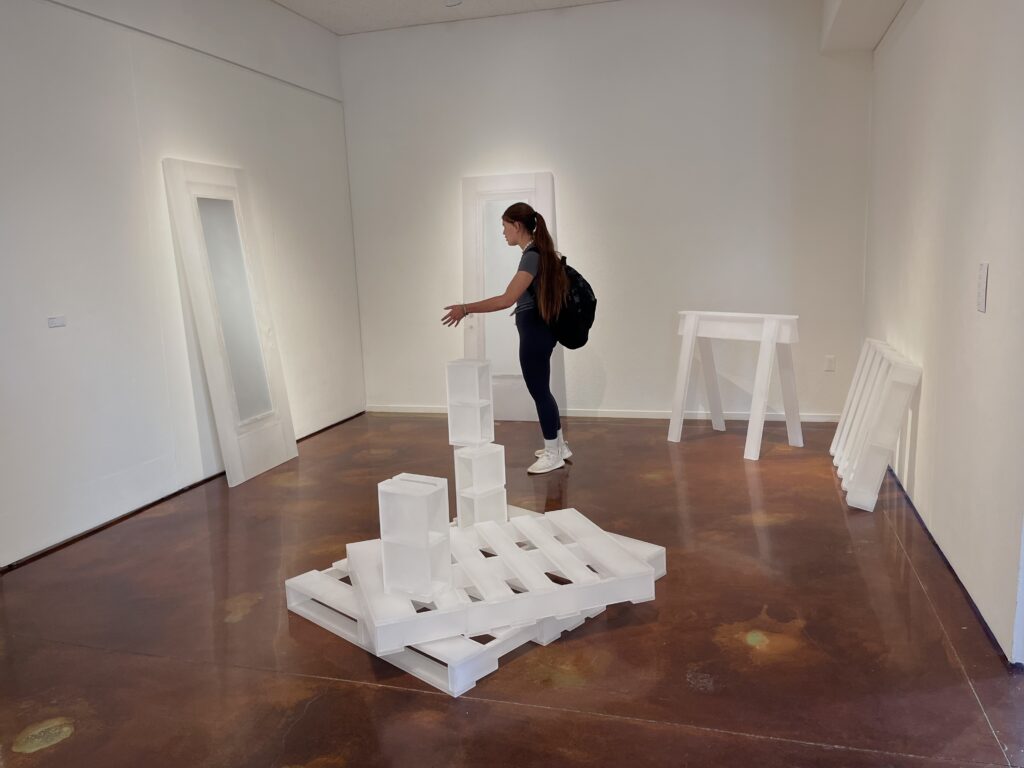
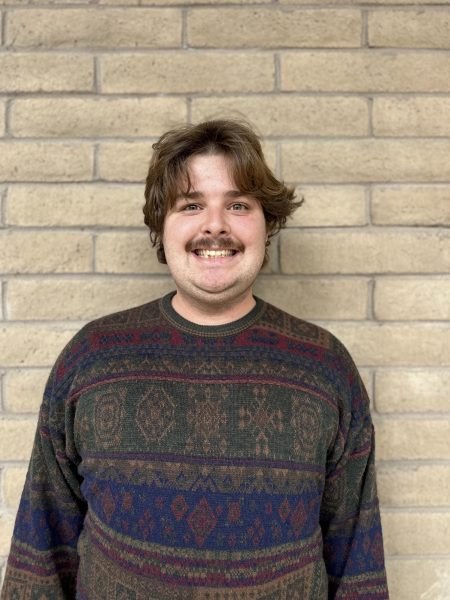
Orly • Oct 15, 2024 at 2:42 pm
I love the review of one of my favorite Miyazaki movies. It is really nice to see a review that critique the flaws of the movie while still praising it.
Love this type of reviews!
Laura Mohler • Oct 15, 2024 at 2:12 pm
I love the critique offered in a gentle way while still praising the genius of the filmmaker. It keeps the read very interesting and insightful. Also, if you haven’t seen this movie, it is well worth a watch!